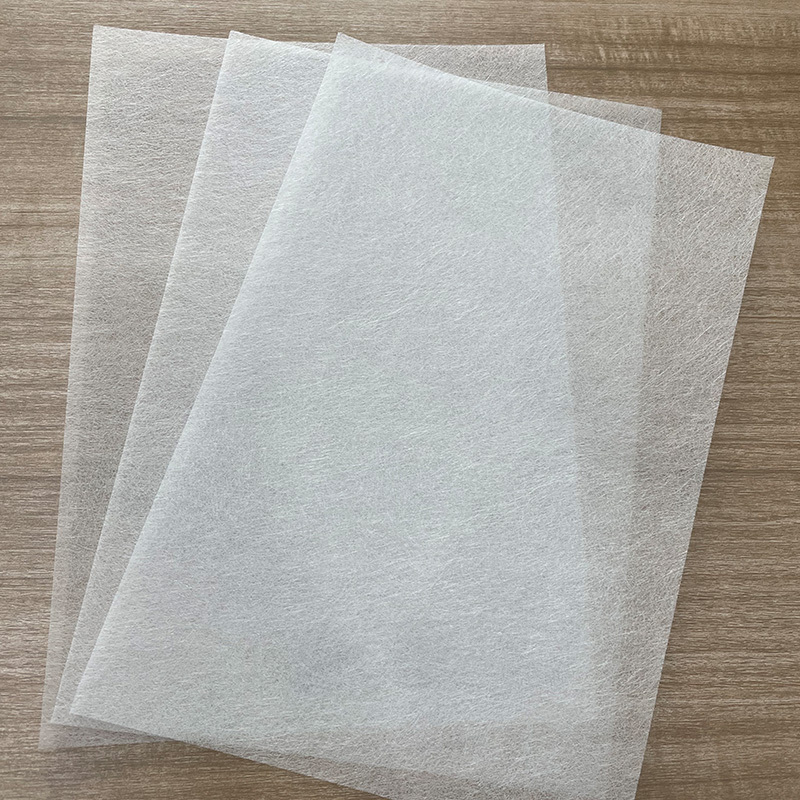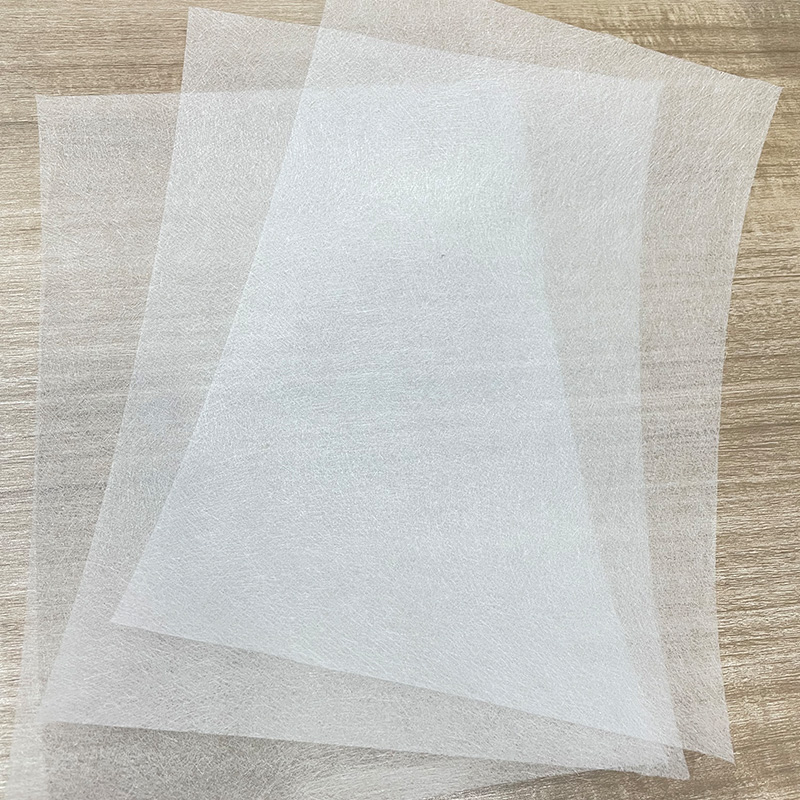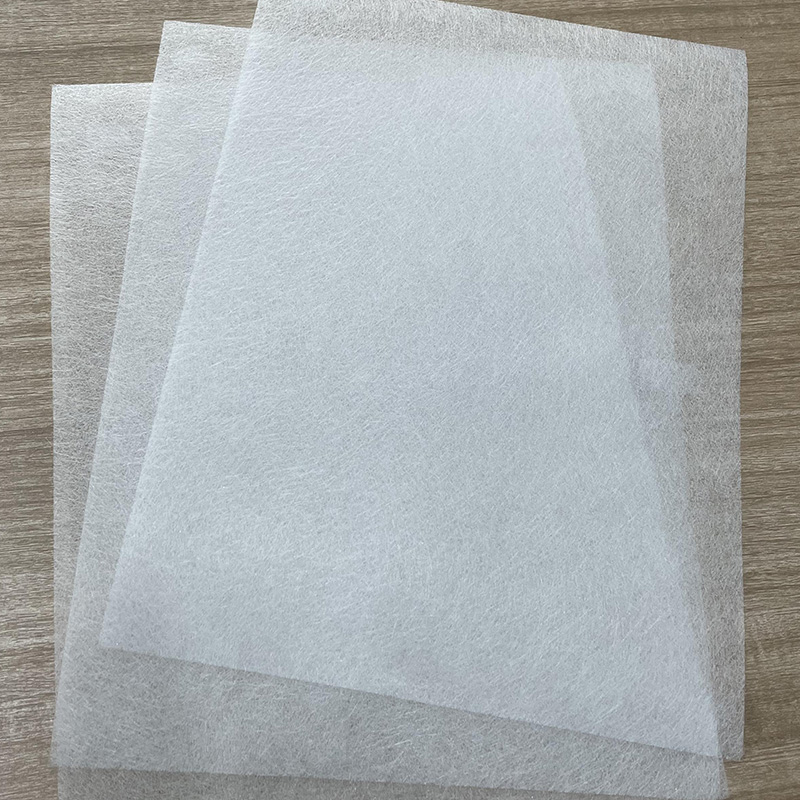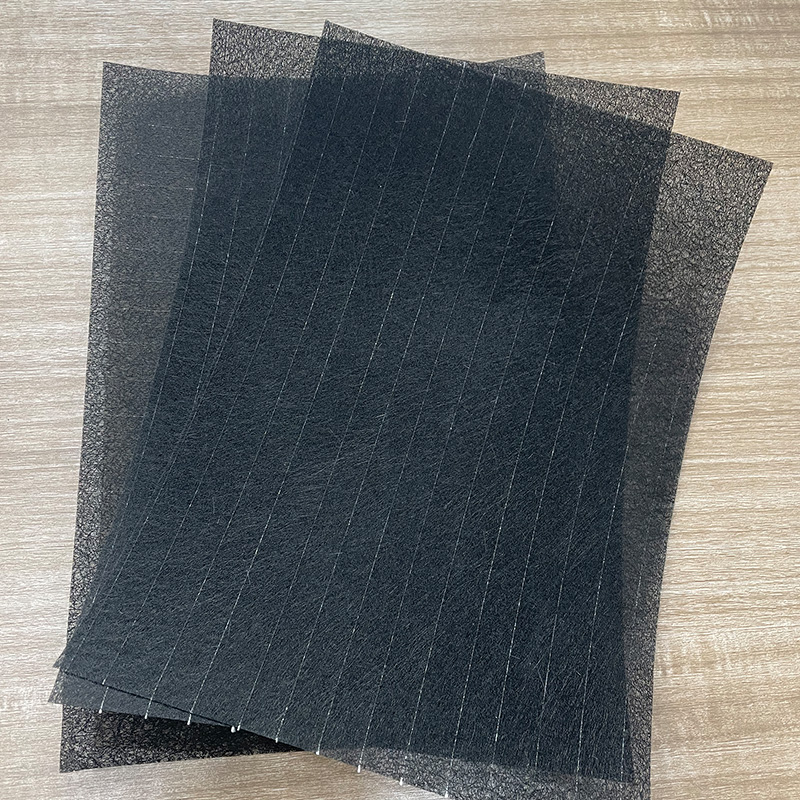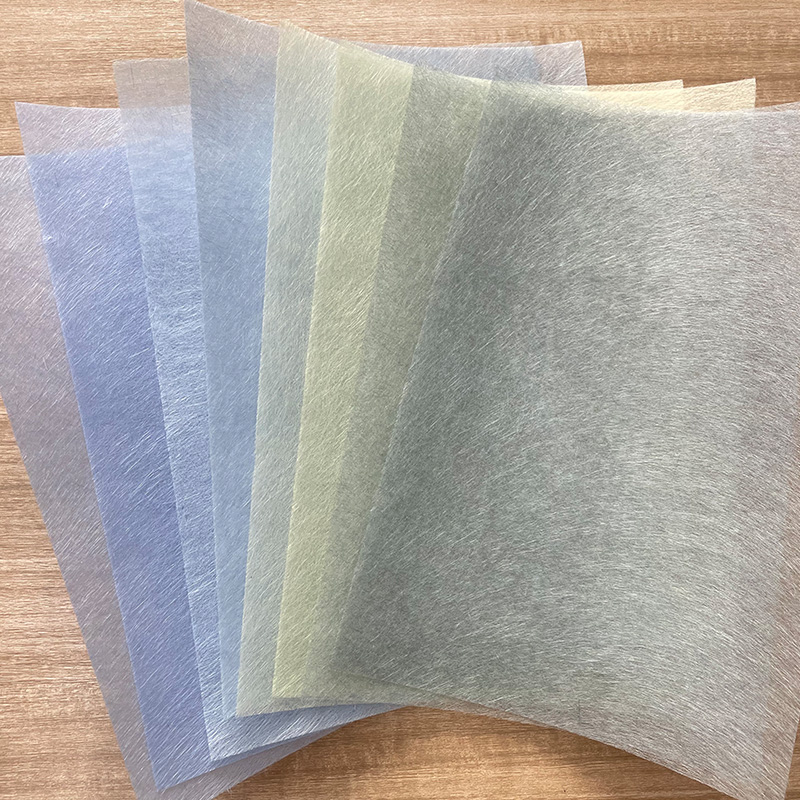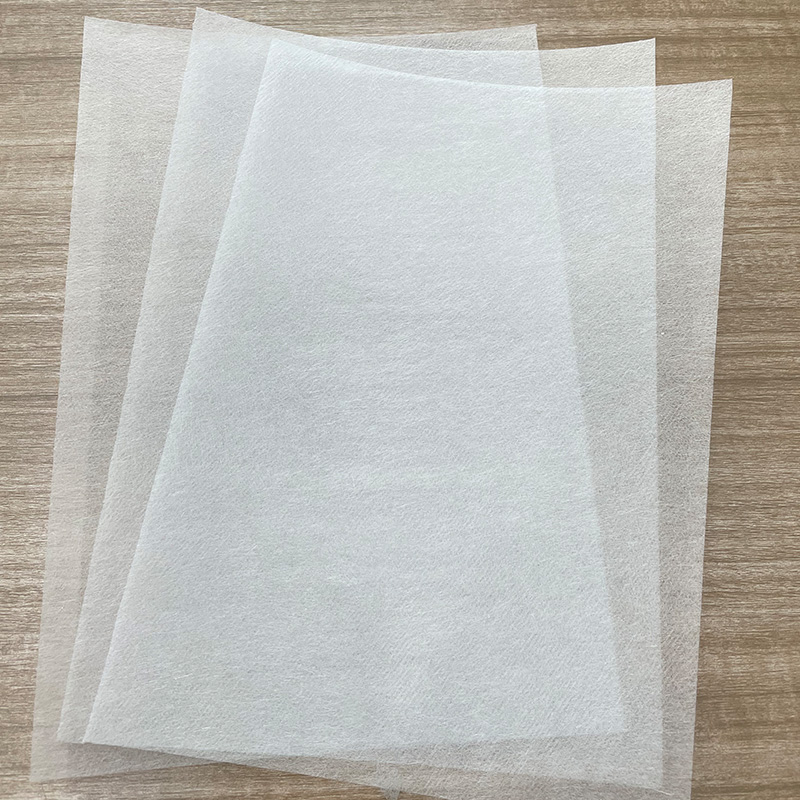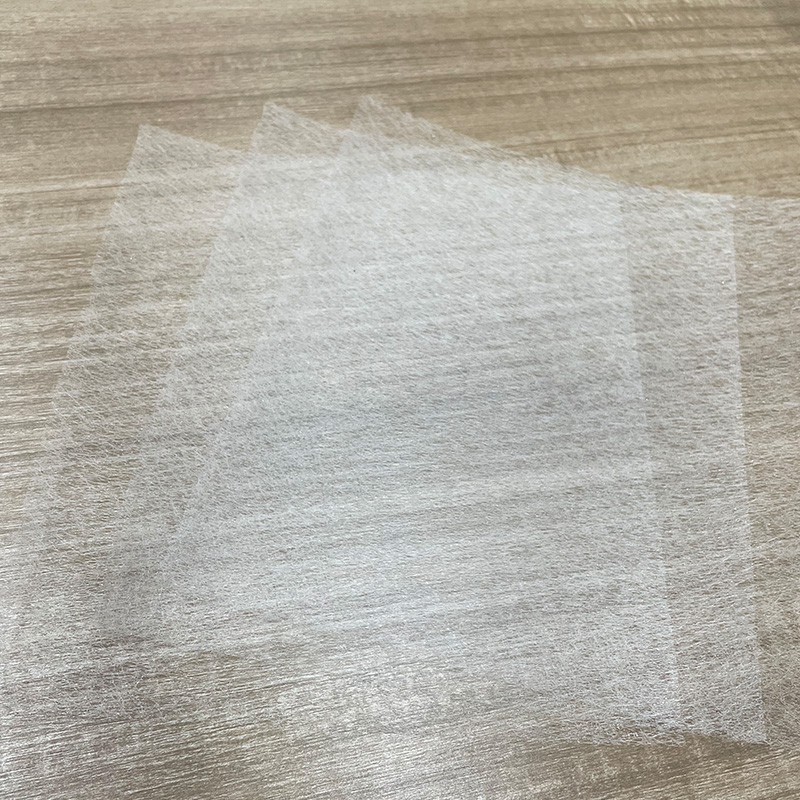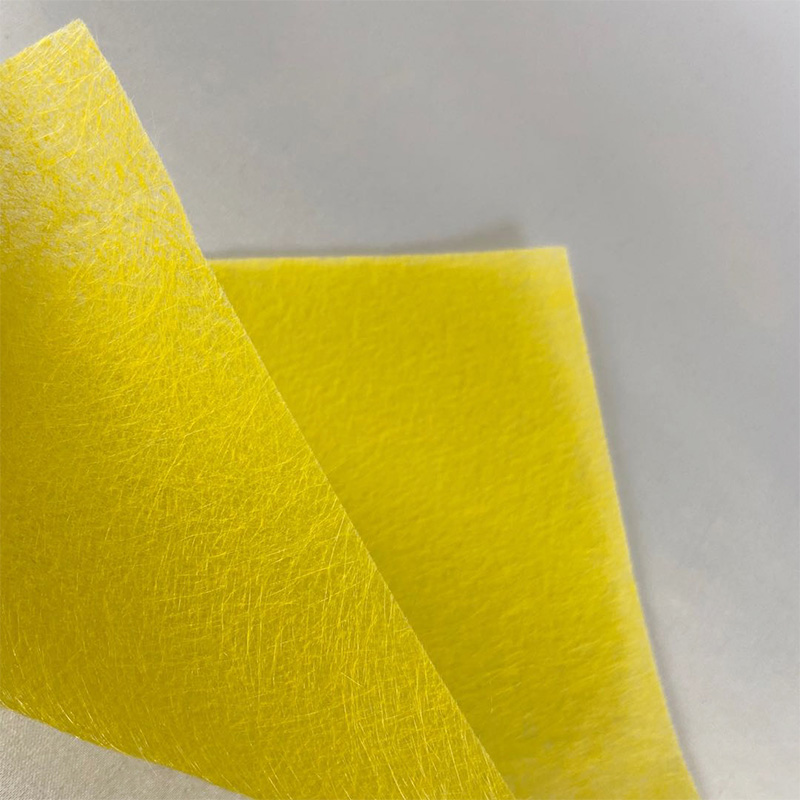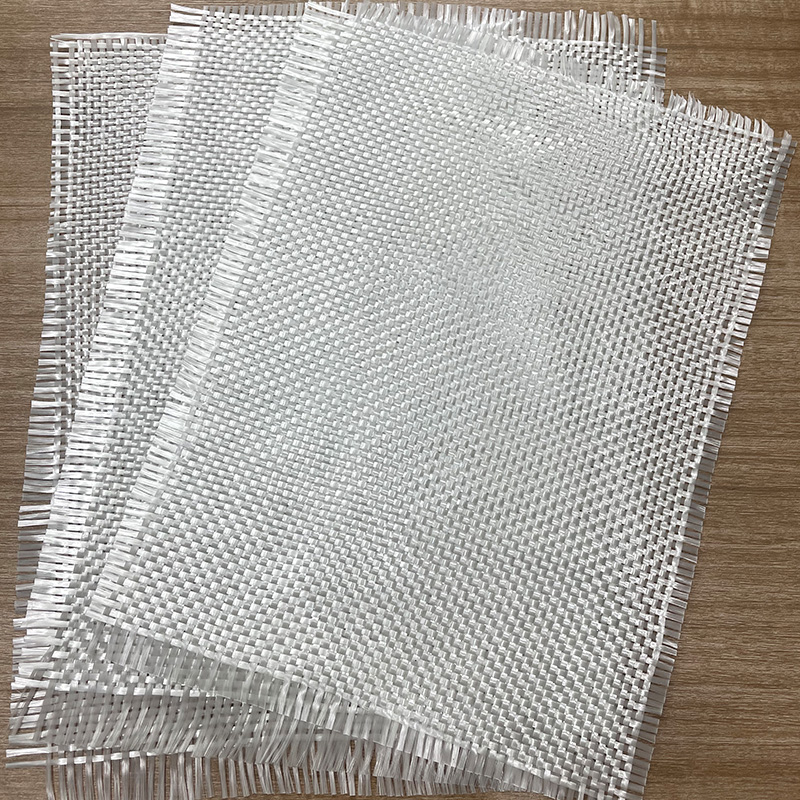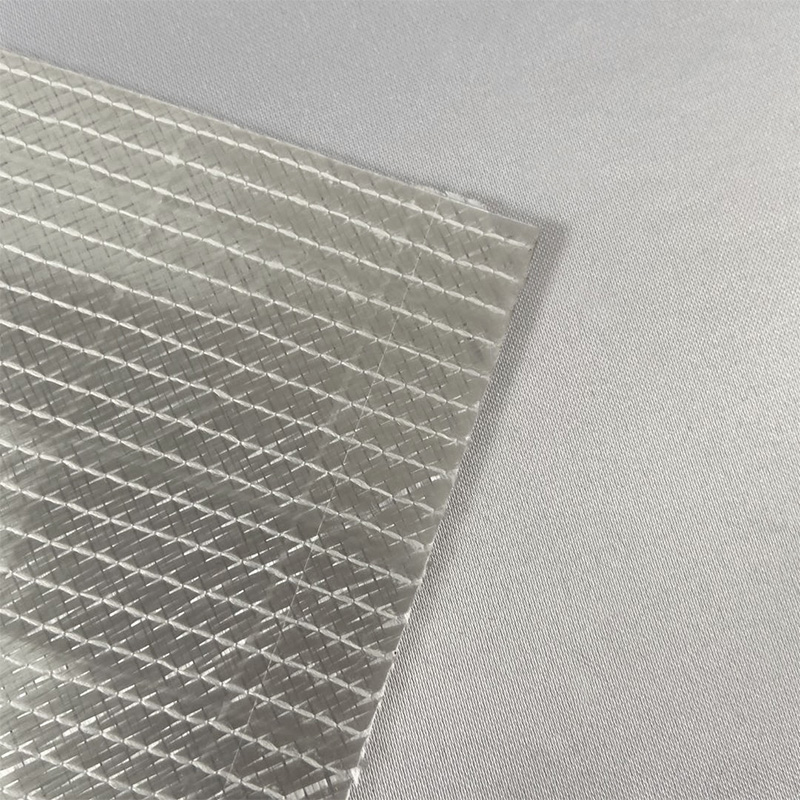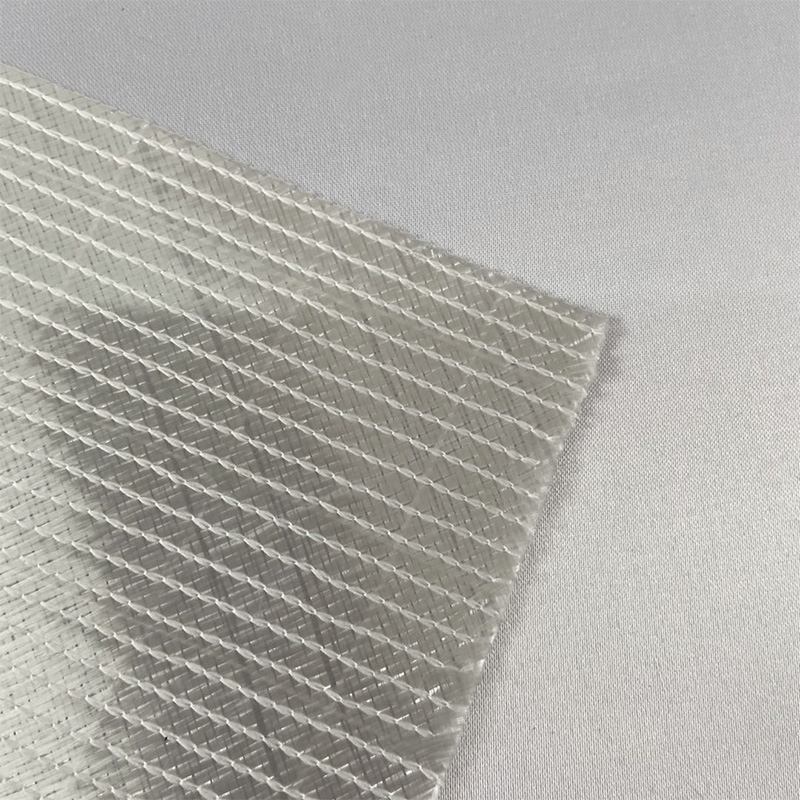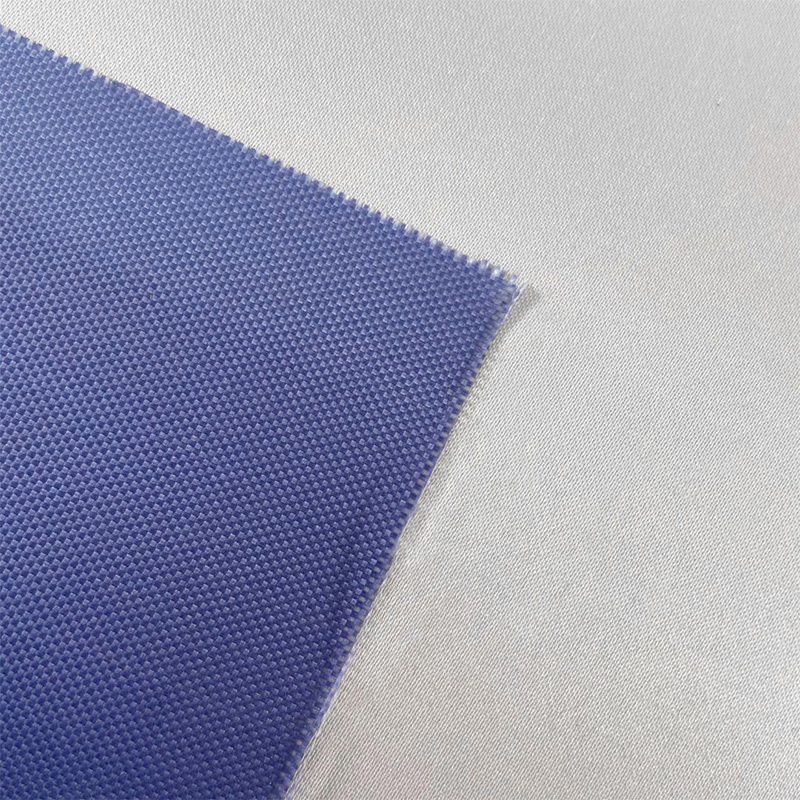In the vast field of modern industry and technology, Glass Fiber Cloth, as a high-performance and multifunctional material, plays a vital role. With its unique physical and chemical properties, it has been widely used in many industries such as construction, aerospace, automobile manufacturing, and chemicals.
Molten Glass Fiberization: The Perfect Fusion of Technology and Nature
It all starts with molten glass. At this stage, high-quality glass raw materials - including quartz sand, limestone, boric acid, soda ash, etc. - are carefully proportioned and sent to a high-temperature furnace. Under high temperature, these raw materials gradually melt into transparent and hot glass liquid. This process not only tests the high-temperature resistance of the production equipment, but also has extremely high requirements for the purity and proportion of the raw materials.
The molten glass liquid is fiberized through a special spinneret or spinner. The spinneret uses high-pressure gas to spray the molten glass liquid into extremely fine fiber filaments, while the spinner uses centrifugal force to throw the glass liquid out to form fibers. These fiber filaments cool and solidify rapidly at the moment of leaving the spinneret or spinning machine, forming glass fibers with a certain diameter and length. In this process, the diameter, length and mechanical properties of the glass fiber are strictly controlled to ensure the quality and performance of the subsequent Glass Fiber Cloth.
Textile processing: the art of precision weaving
The collected glass fiber filaments become easier to handle after being treated with an oiling agent. The oiling agent not only increases the lubricity between the fibers, but also improves its antistatic properties, which facilitates subsequent textile processing. Next, these treated fiber filaments are sent to the textile machine for precision weaving processing.
In the weaving process, according to the different needs of the product, a variety of weaves such as plain, twill, and satin can be selected for weaving. The textile machine interweaves the glass fiber filaments into a tight and uniform Glass Fiber Cloth through complex mechanical movements. In this process, it is necessary to strictly control the parameters such as fiber tension, density, and interweaving points to ensure the strength, wear resistance and aesthetics of the glass fiber cloth.
Post-processing: a key step to improve performance
The finished glass fiber cloth often requires a series of post-processing processes. These processes include coating, drying, cutting and winding. Coating is one of the important means to improve the performance of Glass Fiber Cloth. By coating a special coating material on the cloth surface, the wear resistance, corrosion resistance and fire resistance of glass fiber cloth can be significantly enhanced. The drying process ensures that the coating can be firmly attached to the cloth surface to form a dense protective film.
Cutting and winding are the last two processes in the production of Glass Fiber Cloth. The cutting process ensures the dimensional accuracy and shape specifications of the product; while the winding process facilitates the storage and transportation of the product. In this process, the finished product also needs to be strictly inspected for quality, including appearance inspection, size measurement and performance testing, to ensure that each roll of glass fiber cloth meets the established quality standards and customer requirements.
From molten glass to the final Glass Fiber Cloth product, this production process embodies the wisdom of science and technology and nature. Glass Fiber Cloth has become an indispensable and important material in modern industry with its excellent performance, broad application prospects and sustainable development potential.
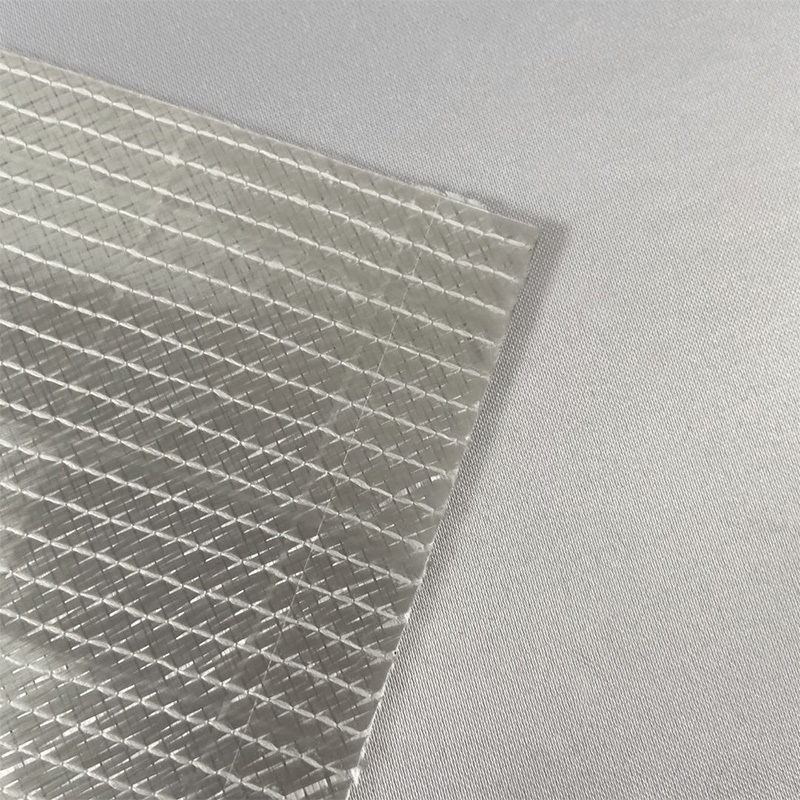

 English
English 中文简体
中文简体 русский
русский Español
Español